Your search for "abstract" matched 17 page(s).
Showing results 1 to 10.
-
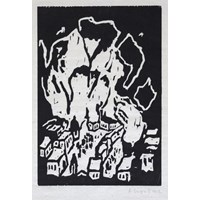 Heads Over Houses
Heads Over Houses
Segal’s vision of heads looking down on a village is intentionally rough-hewn, linking to the Brücke, yet perhaps connects more strongly to the approach of Der Blaue Reiter, the rising human forms becoming spiritually attuned to nature, their once…
-
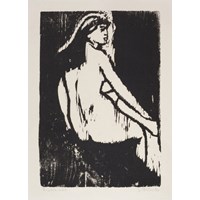 Hubert Berke
Hubert Berke
Hubert Berke was born 22 January 1908 in Buer, Westfalla, Germany and died 24 November 1979 in Cologne. Berke was one of the few German artists active after World War II who was successful both as an abstract and as a representational artist. He…
-
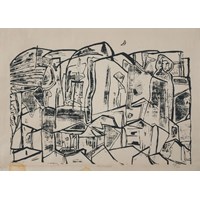 Hilde Goldschmidt
Hilde Goldschmidt
German painter and printmaker. Goldschmidt knew the painter Marianne Werefkin and her partner Alexei Jawlensky, and also the writers Rainer Maria Rilke and Thomas Mann. Training initially in book design, her admiration for Der Blaue Reiter prompted…
-
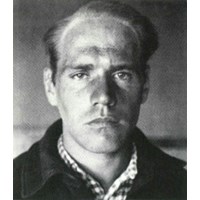 Friedrich Karl Gotsch
Friedrich Karl Gotsch
Friedrich Karl Gotsch was born on 3rd February, 1900 in Kiel-Pries, Germany and died on 21st September, 1984 in Schleswig, Germany. Gotsch volunteered for the military from 1918 to 1919 and then began to study, which he soon gave up again. In 1919…
-
 Alexej von Jawlensky
Alexej von Jawlensky
Alexej von Jawlensky was born in 1867 in Torzhok, NW of Moscow, Russia, and died in 1941 in Wiesbaden, Germany. Jawlensky and Marianne Werefkin came from Russia to Munich in 1896 and soon became friends with Kandinsky. Influenced by Van Gogh and…
-
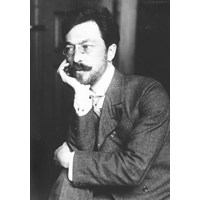 Wassily Kandinsky
Wassily Kandinsky
Wassily Kandinsky (1866-1944) was born in Moscow and emigrated at the age of thirty to Munich to study painting. In 1902 he met artist Gabriele Münter with whom he had a relationship until the outbreak of the First World War. Between 1908 and 1914…
-
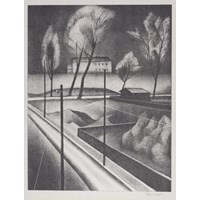 Alexander Kanoldt
Alexander Kanoldt
Alexander Kanoldt was born 29 September 1881 in Karlsruhe, Germany and died in 1939. Kanoldt went to Munich in 1908 and joined with the progressive artists who formed the New Artists Association. When the Association split over Kandinsky’s move to…
-
 Karl Schmidt-Rottluff
Karl Schmidt-Rottluff
Karl Schmidt-Rottluff (1884-1976) was born in Rottluff and studied architecture in Dresden with Erich Heckel before they formed, with Bleyl and Kirchner, “die Brücke” in 1905. The group were influenced by the works of Nietzsche and Schmidt-Rottluff…
-
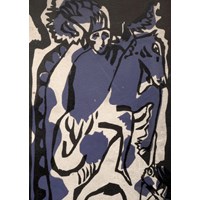 Der Blaue Reiter (The Blue Rider)
Der Blaue Reiter (The Blue Rider)
The group was a loose association of highly individualistic artists, of varying international backgrounds. Faced with a rapidly changing industrialised Germany, they yearned for a more spiritual alternative. The name and the symbol of the group was…
-
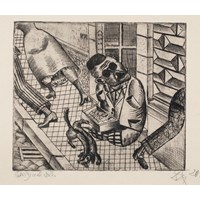 Neue Sachlichkeit (New Objectivity)
Neue Sachlichkeit (New Objectivity)
These artists felt that Germany’s defeat in the First World War and the social, political and economic crises of the Weimar Republic (1919-1933) left no place for the early Expressionists’ utopian vision of life. This was replaced by a detached…